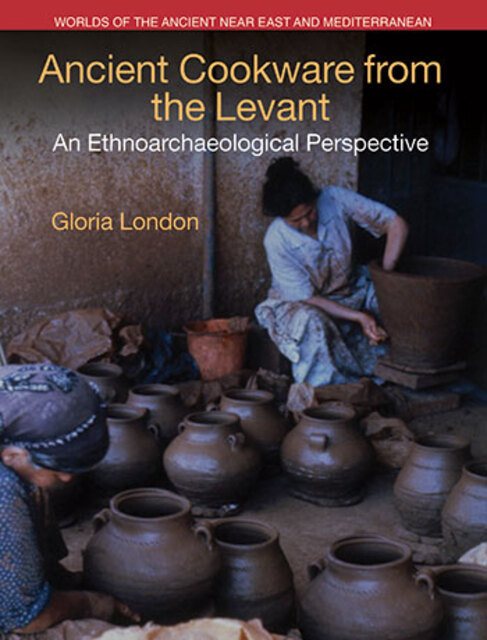London/Ancient Cookware, 8. How to Treat Clay Pots Prior to Use with Food

Full description
Low-fired clay cooking pots have porous walls that absorb minute food particles. To minimize food residue, ethnoarchaeological studies provide details of temporary and more permanent methods to season, pre-treat, or line pots to reduce porosity. The reapplication of organic linings was necessary each time cooking pots were used. Jars with solid linings, such as resin, bitumen or tannin were retreated annually, due to the acids that caused deterioration of seemingly solid surface treatments. Traditional cookware and water containers were well-suited to meet the needs of villagers and townspeople. Other pots, especially water containers, were valued for their ability to sweat. Medieval-era recipes acknowledge the usefulness of old pots with walls saturated with oil proved useful for storing cheese and other foodstuffs.
- typeImage
- created on
- file formatjpg
- file size45 KB
- container titleAncient Cookware from the Levant: An Ethnoarchaeological Perspective
- creatorGloria London
- isbn9781781793855 (eBook)
- publisherEquinox Publishing Ltd.
- publisher placeSheffield, United Kingdom
- rights holderEquinox Publishing Ltd.
- series titleWorlds of the Ancient Near East and Mediterranean
- doi
We use cookies to analyze our traffic. Please decide if you are willing to accept cookies from our website. You can change this setting anytime in Privacy Settings.
